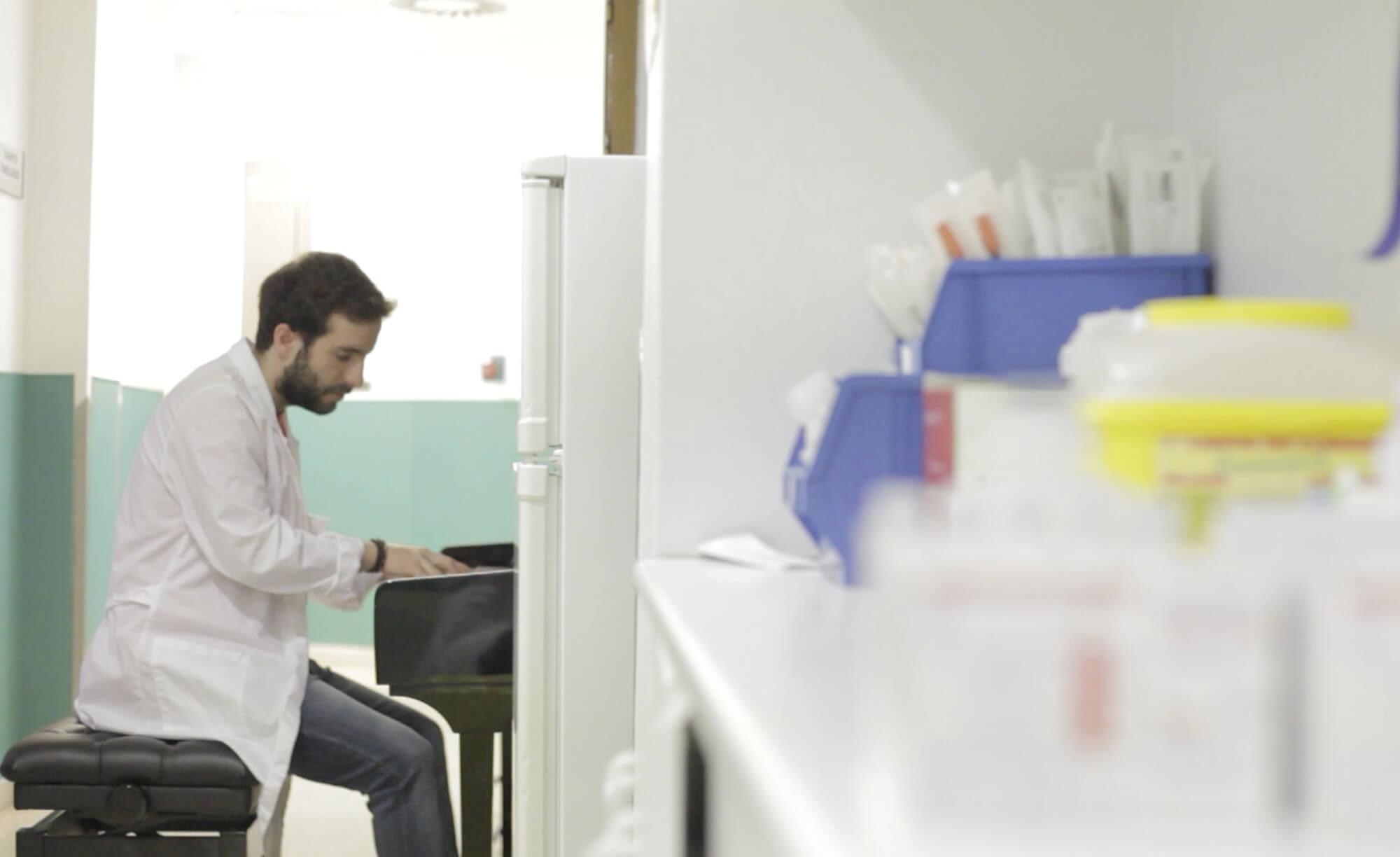Why we need MIRs in healthcare settings
The coronavirus pandemic has altered priorities in healthcare and revealed the system’s shortcomings. In March 2020, COVID took centre stage, and we began to feel the pain of those terrible daily figures, numbers that represented solitary death, loss with no goodbyes, grieving at a distance… During the long weeks of lockdown, the lack of hugs and physical contact forced us to get creative and think of different ways to promote well-being. Sharing music with neighbours on the balcony was a relief, reading became a refuge, and home cinemas and TikTok choreographies offered a welcome escape. We instinctively—or perhaps not so instinctively—turned to culture as our lifeline.
That involuntary solitude, which we’ve all experienced in one way or another at some point in our lives, merely revealed, exacerbated and magnified another form of solitude that has always existed but often receives little attention: the loneliness of being ill.
Going through an illness is a difficult journey, and like all of life’s trials, it is always better if you don’t have to walk it alone. Culture knows no bounds: it can slip through the cracks of social distancing, face masks and barriers without compromising anyone’s personal safety. Not only is it safe, but it can even deliver small doses of well-being. A crooning voice can be a caress, a melody can ease pain and suffering, and a catchy rhythm can banish negative thoughts.
So how can we bring culture into those rooms, corridors and waiting areas? How can we intervene, always with the utmost respect for the situation and privacy of patients and their companions, in hospital settings filled with personal, subjective inner lives, thoughts, beliefs and experiences? How can we make the hospital experience better for patients, their family members and healthcare workers? How can we harness and pool resources from the arts and culture industry to give good health an edge in the fight against illness?

Health and culture, assets worth protecting
The MIR Project now finds itself at an important crossroads. After the great positive impact achieved during the years of research, the pandemic broke out just when we were about to start implementing and scaling the methodology.
The MIR dream can become a reality if we find co-funding mechanisms to keep musicians on the payroll. We know that, right now, Spain’s public healthcare system cannot afford to cover the full cost of employing MIRs.
We therefore want to focus on sharing our knowledge, publicising the results of our research, seeking partners in the healthcare industry to find co-funding mechanisms, and creating new job opportunities in other care sectors.
We welcome any and all support as we rise to meet these new challenges and achieve outcomes that will bring about real social and cultural change:
In the current scenario, it is vital that institutions and citizens join forces and work together towards a common goal: treating public health as a shared asset that we must all care for and protect, and underscoring the role of culture in personal well-being. At Cultura en Vena, we are working to articulate and define a real public health need which will inspire our leaders to create the necessary legislative frameworks for integrating the arts in healthcare protocols as a warranted, stable, enduring reality.